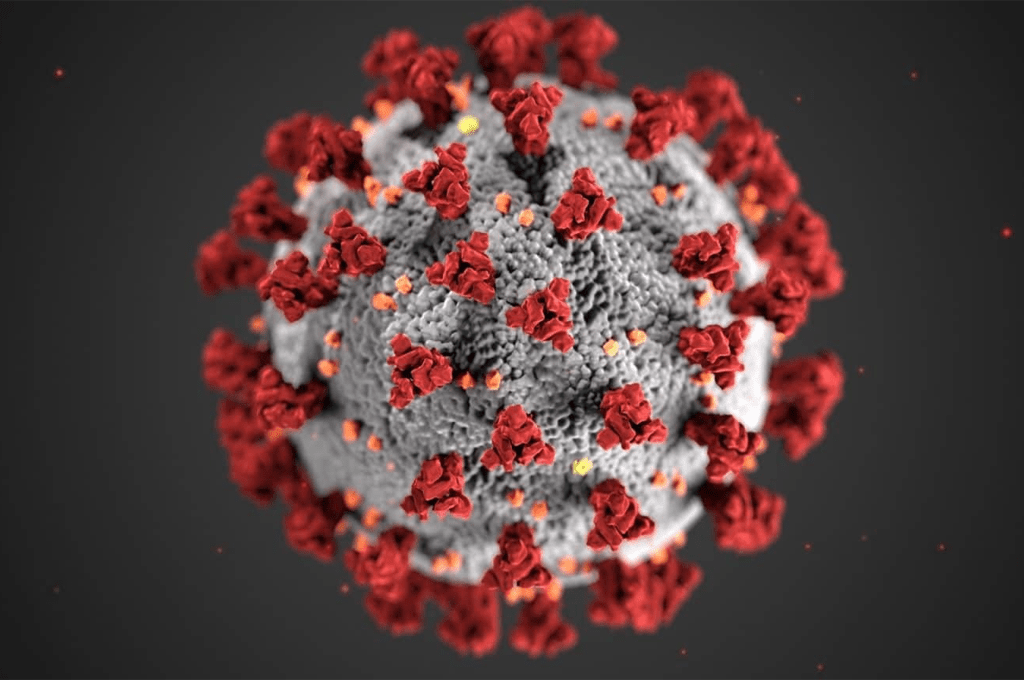Awarded for tracing the evolution of an ancient tumor lineage
In his prize-winning work, Adrian Baez-Ortega studied the CTVT tumor, which has managed to survive for thousands of years as a sexually transmitted parasite of dogs – but his findings suggest that the seemingly stable existence of the tumor may come to an end. His essay describing this work won him the Genomics, Proteomics and Systems Biology Approaches category of the Science & SciLifeLab Prize for Young Scientists.
With a bachelor’s and master’s degree in computer engineering, it was by no means obvious that the subject for Adrian Baez-Ortega’s PhD was going to be an ancient cancer.
To be able to do this, he needed to spend a lot of time reading up on for example genomics, evolution, cancer, mutagenesis and population genetics. On top of this, he felt that he needed a good grasp of statistics. He took several courses on the subject, and even a certification in applied statistics from a distance-learning university.
“I was lucky that my PhD involved multiple unrelated kinds of genomic analysis, which gave me the opportunity to become acquainted with a variety of biological ideas and computational/statistical approaches, many of which are still useful in my postdoctoral work”, saysAdrian Baez-Ortega.
In his prize-winning essay As cancer grows old, Baez-Ortega documents the history of an ancient tumor that has survived through the millennia, characterizes the long-term consequences of somatic evolution, and suggests that tumors may be susceptible to mutation-induced fitness decay as they age.
The data from DNA sequencing have raised the intriguing possibility that this cancer might have walked itself into an “evolutionary trap”.
The cancer of study is the CTVT tumor, which first appeared in a dog that lived between 4,000 and 8,500 years ago in Asia. The tumor managed to survive the death of its original host by finding a niche as a sexually transmitted canine parasite, and developing the ability to infect other dogs through transfer of living cancer cells.
Baez-Ortega suggests that “the continued existence of CTVT may be evolutionarily unsustainable”. At first glance, this may seem to be contradictory to its presence throughout millennia, and that it has what seems to be a sustainable and secure existence. In evolutionary terms, however, it has existed for a very short time, and the study from Baez-Ortega finds that the existence may not be stable at all.
“The data from DNA sequencing have raised the intriguing possibility that this cancer might have walked itself into an “evolutionary trap”, because natural selection is not acting to defend its genome from the accumulation of random mutations, as it would normally do in any species” says Baez-Ortega, and continues, “It is possible – though by no means certain – that the existence of CTVT and similar contagious cancers may come with an evolutionary end date.”
A traveling tumor
The data suggest that CTVT was brought from Europe to America through a single introduction in the 16th century, from which most tumors found in North and South America today descend. From America, infected dogs were being transported to other continents and spreading CTVT across the world.
We can still find tumors being inadvertently transported across countries today.
Something that was not included in his essay, but which Baez-Ortega found when looking at the history of the countries subject to this expansion, was that all these countries share a history of being either former overseas European colonies, or busy stopover ports in the maritime routes connecting America, Europe and India. On top of that, the vast majority of locations from this CTVT lineage are on the coast or close to it, fitting with the idea that it was transoceanic merchant vessels that spread the disease from the Americas.
“This makes the geographic history of CTVT a very interesting piece of information about the way in which dogs have been carried around the world over the last five centuries. I think the current distribution of CTVT is an unavoidable consequence of globalization, and – as long as people would carry dogs along in their journeys – it would have happened from the early modern period regardless of the specifics of international relations. In fact, we can still find tumors being inadvertently transported across countries today”, says Baez-Ortega.
It might sound like a very simple aim, but this is currently an extraordinarily controversial topic.
Driven by curiosity
At the moment, Baez-Ortega is investigating the relationship between somatic mutations – mutations that arise in an organism’s cells throughout its lifetime – and the biological process of ageing. He is interested in the potential relationship between the speed at which different species age and the speed at which their cells acquire mutations, as well as the contribution of somatic mutations to development of little-understood diseases of old age. His goal is to improve our understanding of somatic mutations’ role in causing ageing.
“It might sound like a very simple aim, but this is currently an extraordinarily controversial topic, and I can’t even predict what the answer might be; although my research is focused on exploring the possibility that mutations may cause ageing, and there is some evidence that seems to support this idea, I would not be too surprised if in a few decades we have incontrovertible evidence to the contrary. Precisely for this reason, I think this is an area very much worth working on at the moment, and surely in the near future”, says Baez-Ortega.
One potential benefit he sees with this research is the possible development of medicine to delay ageing, so that we can spend more decades living without age-related diseases – to live better, if not necessarily longer. To extend the human healthspan, as he calls it. He does, however, stress that what drives him to do his research is not this, but rather his curiosity to understand how complicated natural phenomena work.
“In my view, it is this sense of curiosity, rather than the potential monetary or social value of discoveries, which should be the prime motivation of a scientist”, says Adrian Baez-Ortega.
Learn more about Adrian Baez-Ortega and read his award winning essay.





